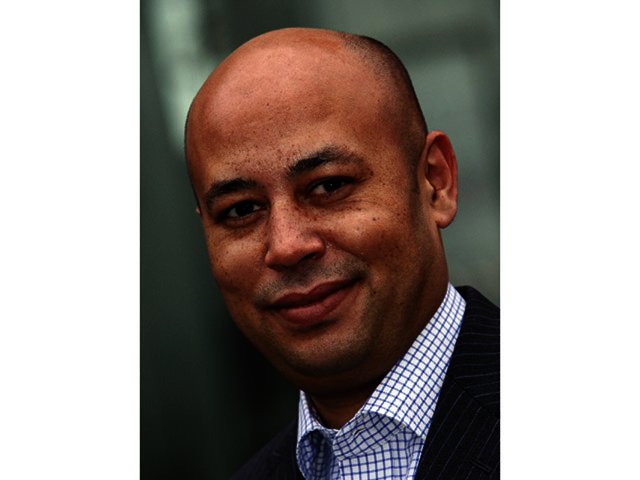By Ronald Ravel, Director B2B South Africa, Toshiba South Africa
The Internet of Things (IoT) is already causing waves across both the consumer and business landscapes, with IDC projecting worldwide spending to reach $772.5 billion in 2018 – an increase of 14.6 per cent over the $674 billion that spent in 2017. While the consumer segment is forecast to lead the way in IoT spending over the next three years, the business world isn’t far behind. Utilities is one of a cluster of industries expected to fully embrace and benefit from IoT technologies in the coming years, with an expected global market worth of $890 billion by 2020 according to Statista.
The early strides have in fact already been made within the sector, smart meters within homes being one notable example of how IoT can impact consumers and utilities suppliers alike. Such devices enable customers to remotely track and manage their energy usage, for example, helping them to better manage their overall consumption, and ultimately save money – and be more environmentally friendly – as a result.
The untapped opportunities
Yet the IoT landscape is, despite rapid and ongoing advancements, still very much in its infancy. A 2017 report from Bain placed the vast majority – over 90 per cent – of organisations planning to adopt IoT solutions at the planning stage. Its potential is demonstrated by the fact that, by 2020, Bain anticipates a significant shift in uptake, with roughly 80 per cent of adoptions at that point to have progressed to the stage of either ‘proof of concept’ or extensive implementation.
This means that technological innovations in IoT are progressing at a similarly fast rate and, with utilities a pace-setting vertical, many of these solutions are developed with utilities and energy companies in mind.
A new benchmark for mobile working
Widespread mobile working is a relatively new trend within some sectors, for example in banking and professional services, where CIOs likely weren’t prioritising mobility until the last decade or so. Yet for utilities firms it has been a necessity for much longer, given the essential remote element behind many job functions. This ranges from pylon engineers for telecoms companies, to sewage treatment workers within the water industry. IoT can change the way these workers perform their roles, ensuring they do so in a safer, more efficient, and more collaborative way.
The rise of mobile edge computing solutions is a core enabler of this. Such devices offer processing power at the edge of the network, helping utilities firms with a high proportion of mobile workers to reduce operational strain and latency by processing the most critical data at the edge and close to its originating source. Subsequently, organisations can identify and send only relevant data to the cloud, thereby reducing the amount of ‘data garbage’ which has to be processed by cloud services. A water treatment engineer can feasibly monitor the environmental status of a site, for example, with important data calculations carried out in real-time, on location, and key data findings then sent to the cloud for centrally-located data scientists to analyse.
Time for wearables?
The growth of IoT is powering more than mobile edge computing devices though, with wearables – and specifically smart glasses – also starting to gain traction within the business world. With edge solutions acting as the gateway, smart glasses such as Toshiba’s assisted reality AR 100 viewer solution have been designed to benefit frontline and field-based workers in industries such as utilities, manufacturing and logistics. In the energy sector, for example, a boiler engineer conducting an annual service may use assisted reality smart glasses to call up the schematics of the boiler to enable a hands-free view of service procedures. This means that when a fault becomes a barrier to repair, the engineer is able to use collaboration software to call for assistance from a remote expert and have additional information sent through, thereby saving time and money by eradicating the need for extra personnel to be sent to the site.
The element of hands-free working, as well as the opportunity for easier remote collaboration, are seen as vital benefits of smart glasses, and are capabilities which – as highlighted in the above example – are readily suited to utilities organisations. Toshiba’s recent ‘Maximising Mobility’ report found that 49 per cent of organisations believe their sector can benefit from this hands-free functionality, while 47 per cent expect smart glasses to deliver improved mobile working, and 41 per cent foresee better collaboration and information sharing.
The utilities sector is one which should certainly look to exploit the age of IoT to improve the productivity and safety of its workers, as well as the end service delivered to customers. It faces a natural challenge in terms of demand, with global energy consumption expected to increase in the coming years due in part to a growing and ageing population. Embracing IoT technologies such as mobile edge computing and wearable solutions will be an essential step for many organisations within the sector as they look to stay on top of this challenge, and we should expect the utilities industry to remain at the forefront of IoT adoption as the landscape matures further.





